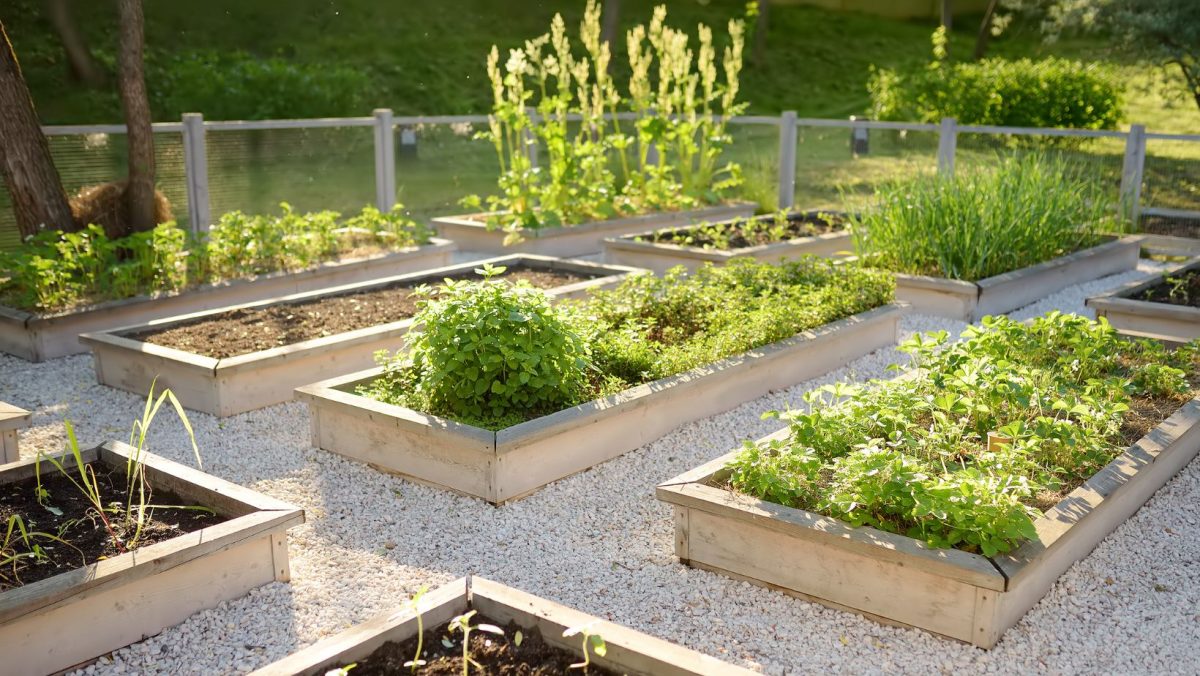Raised garden beds are visually appealing, inexpensive and easy to build and simple to upkeep. Plus, there are other benefits of raised garden beds that may surprise you…and will definitely entice you!
One of the best things about raised garden beds is that they provide you with optimal control over a contained area for your vegetable plants or flowers. They can help keep weeds and insect infestation to a minimum. Raised beds allow for better water retention and drainage. The elevation provided by raised garden beds prevents spreading and protects plants from trampling and root interference from trees and other plants within your yard. It also keeps your precious plants out of reach of small animals and can make gardening a whole lot easier on your back and your knees!
Types of Raised Garden Beds
Various raised garden bed styles range from traditional boxes, to raised garden beds with legs or shelves underneath for storing gardening implements such as watering cans. There are corner garden beds for the ultimate in space saving convenience. Yun your raised garden beds along your fence line, add flower boxes on the ends for marigolds to keep garden pests away. You can even place lattice behind your raised garden beds for even more visual appeal.
Some Excellent Lumber Choices for Building Raised Garden Beds
- Cedar is a lumber that is water resistant and naturally repels insects. It is also sturdy enough to withstand the weight of wet soil. Plus, it is pretty!
- Cypress lumber doesn’t last as long as cedar, but it is also resistant to decay and it is cheaper than many types of lumber.
- Douglas fir is also cost-effective, as well as durable lumber.
- While chestnut may cost a little more, it is a hardwood offering a long lifespan.
Just a word of caution: Reclaimed wood with origins you may not be sure of or chemically treated lumber should be avoided due to toxins. No worries though. You can always check with the lumber experts at M & M Enterprises for your best options!

